Vote Now! Best Space Stories of the Week – March 2, 2014
Alien Planets, Space 'Harpoons' and More
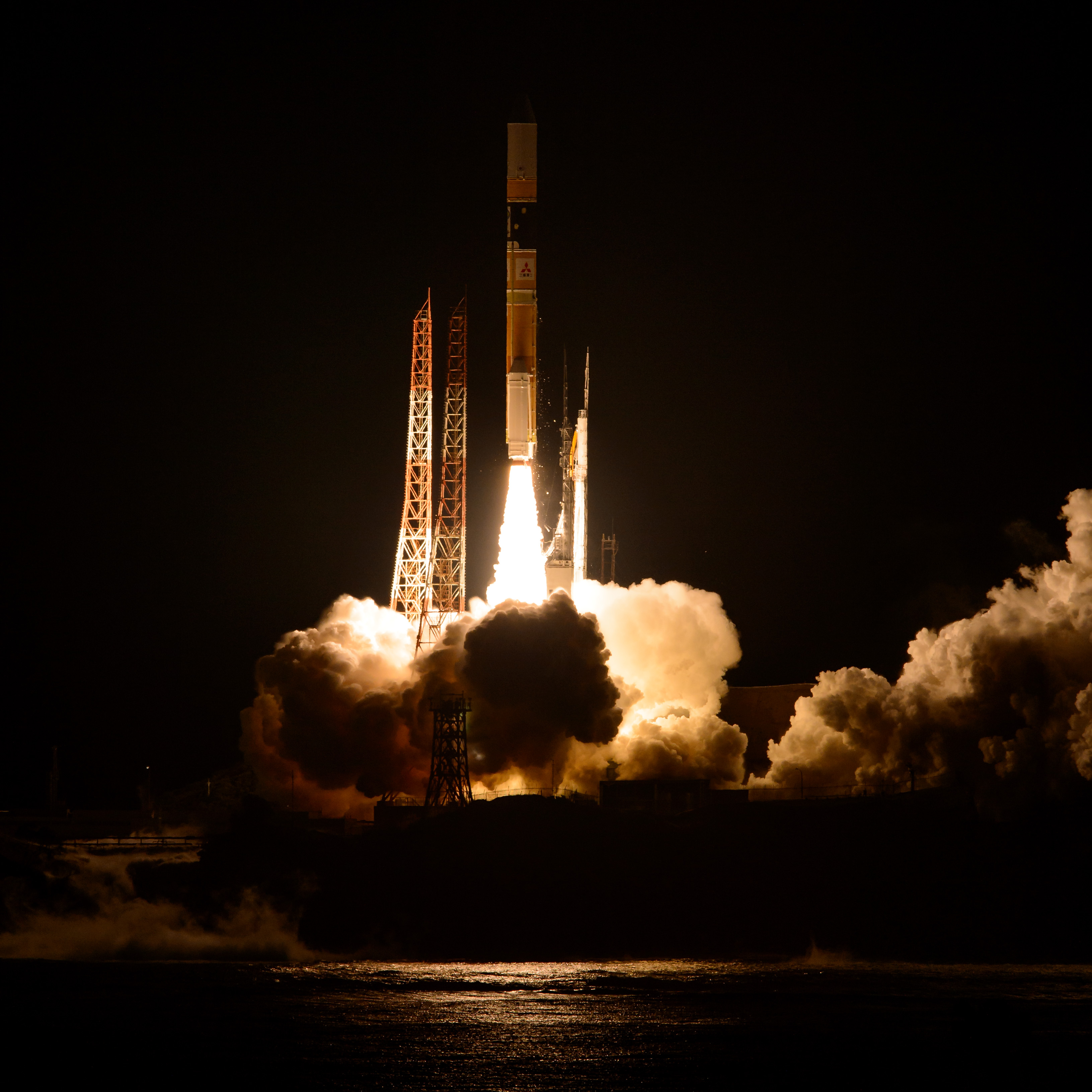
Last week NASA confirmed the existence of 715 newly discovered alien planets, scientists announced water was detected in the atmosphere of one of the first alien planets ever identified, researchers said space “harpoons” could be used to snatch samples of asteroids and moons, and Japan launched a next-generation NASA satellite to track rain and snow. See the best stories from last week here.
FIRST STOP: Mars Meteorite with Odd 'Tunnels' & 'Spheres' Revives Debate Over Ancient Martian Life
Mars Meteorite with Odd 'Tunnels' & 'Spheres' Revives Debate Over Ancient Martian Life
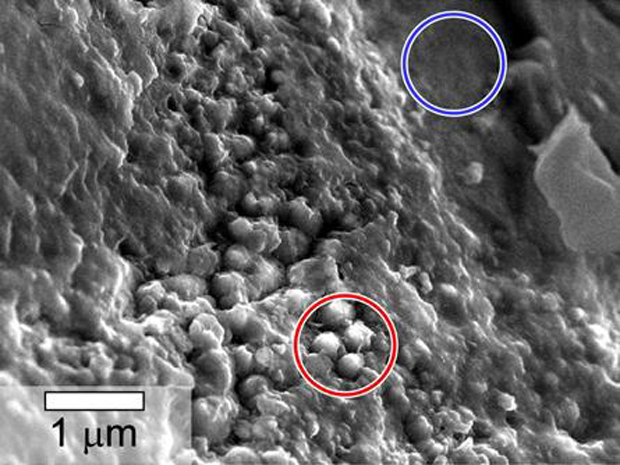
The discovery of tiny carbon-rich balls and tunnels inside a Martian meteorite has once again raised the possibility that the Red Planet was teeming with primitive life millions of years ago.
[Full Story]
NEXT: Population of Known Alien Planets Nearly Doubles as NASA Discovers 715 New Worlds
Population of Known Alien Planets Nearly Doubles as NASA Discovers 715 New Worlds
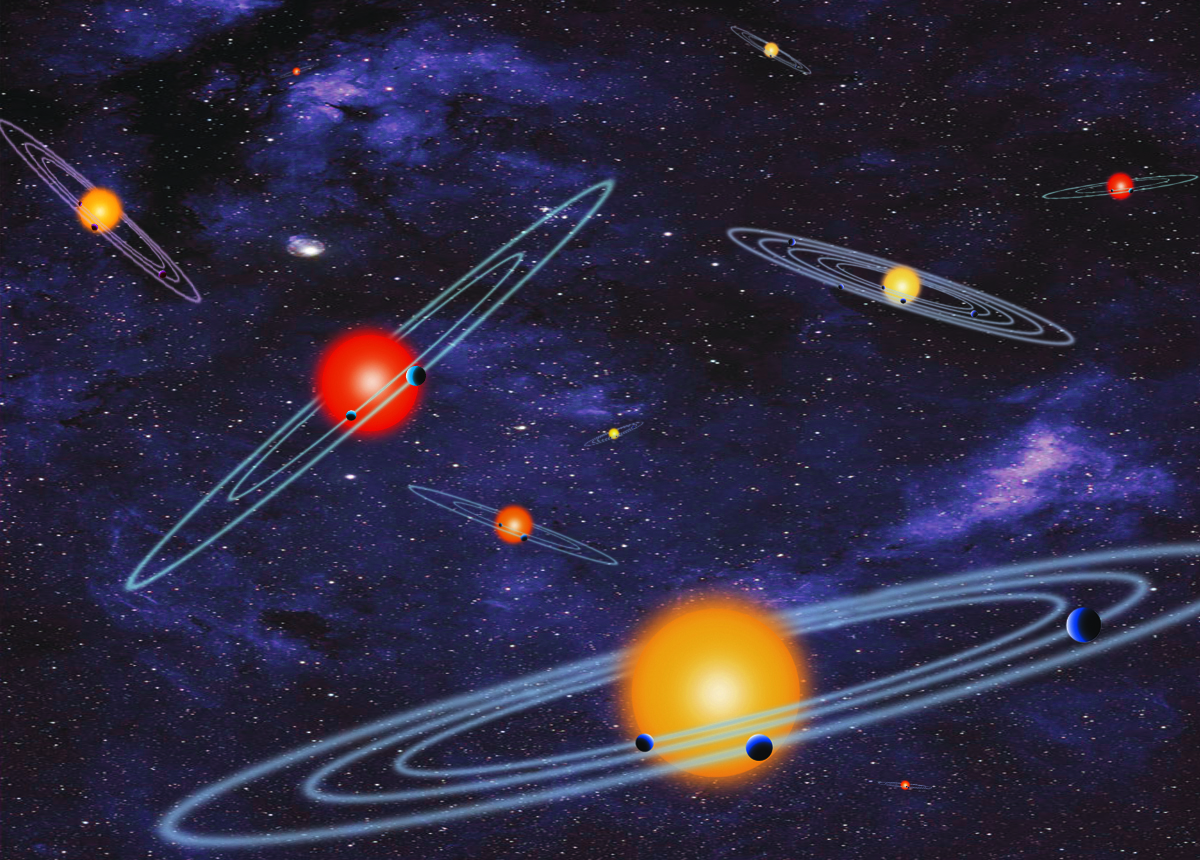
NASA has confirmed the existence of 715 newly discovered alien planets using the agency's Kepler Space Telescope, effectively doubling the number of exoplanets known today. See what the discovery means for life here.
[Full Story]
NEXT: Spacesuit Leak That Nearly Drowned Astronaut Could Have Been Avoided
Spacesuit Leak That Nearly Drowned Astronaut Could Have Been Avoided
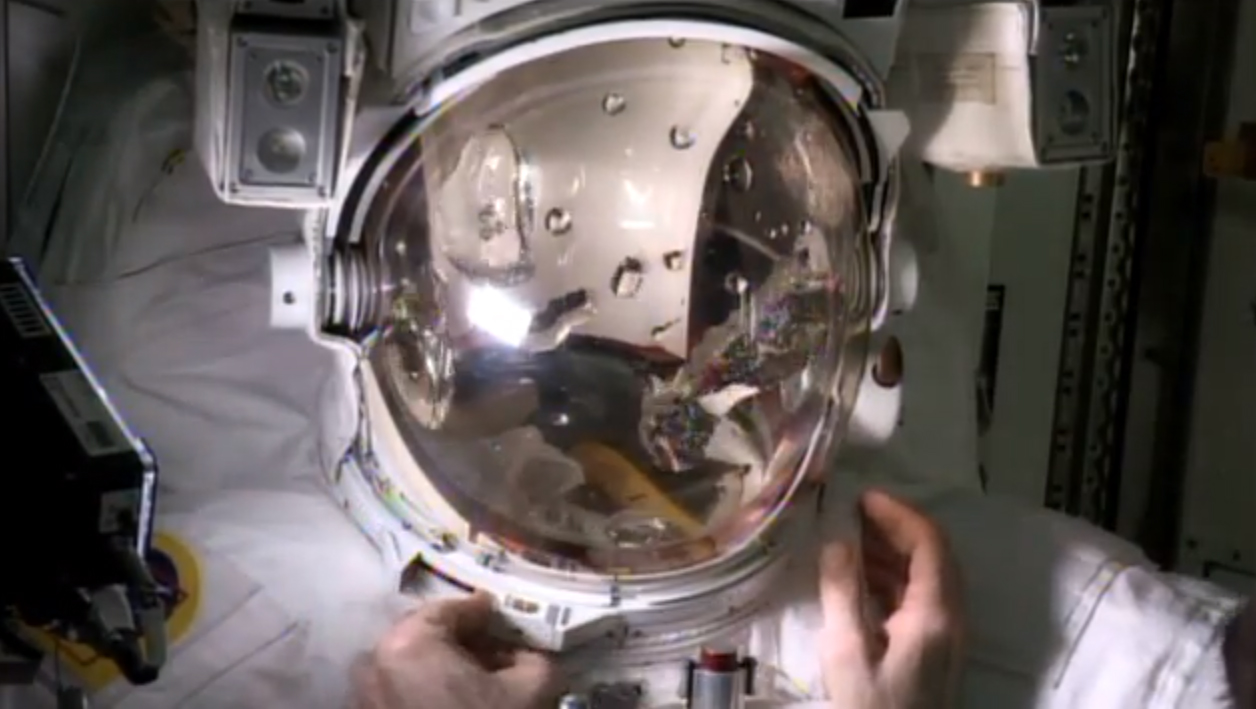
A potentially deadly spacesuit water leak that nearly drowned an Italian astronaut during a spacewalk last July was one of the scariest close calls in NASA's spacewalk history. In fact, the spacesuit also leaked during an earlier spacewalk, but went undetected at the time, according to a NASA report released today (Feb. 26).
[Full Story]
NEXT: Sun Unleashes Monster Solar Flare, Biggest of 2014
Sun Unleashes Monster Solar Flare, Biggest of 2014
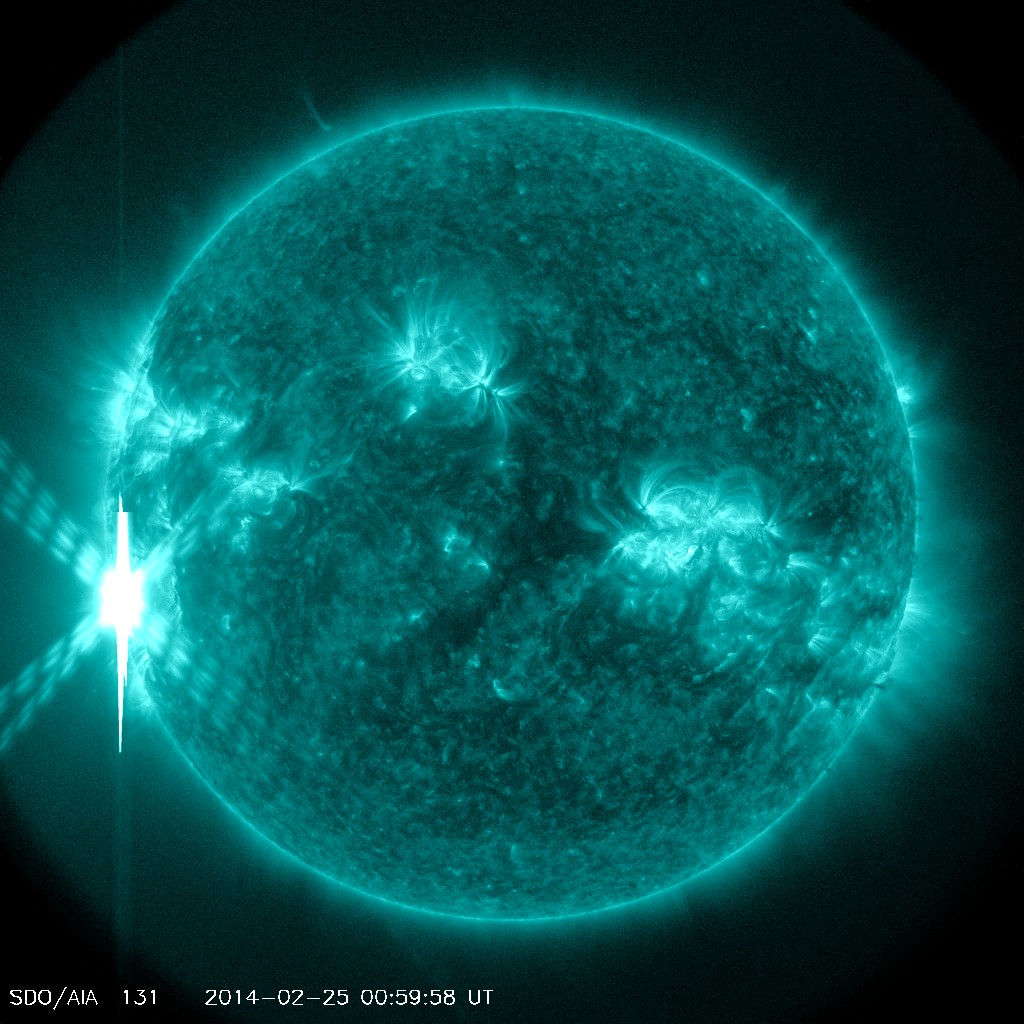
The sun fired off a major solar flare late Tuesday (Feb. 24), making it the most powerful sun eruption of the year so far and one of the strongest in recent years.
[Full Story]
NEXT: Record-Breaking Meteorite Crash on Moon Sparks Brightest Lunar Explosion Ever
Record-Breaking Meteorite Crash on Moon Sparks Brightest Lunar Explosion Ever
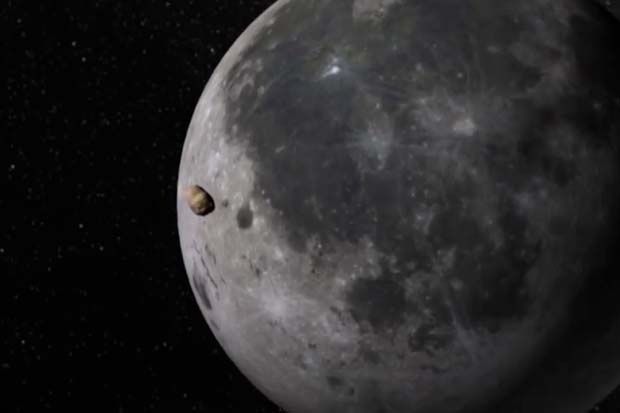
A boulder-sized space rock slammed into the lunar surface last year, sparking the brightest explosion on the moon ever seen, scientists say. See video of meteorite hitting the moon on Sept. 11, 2013.
[Full Story]
NEXT: Japan Launches Next-Generation NASA Satellite to Track Rain & Snow
Japan Launches Next-Generation NASA Satellite to Track Rain & Snow

An advanced NASA satellite built to measure Earth's rain and snowfall like never before blasts off atop a Japanese H-2A rocket on Thursday, Feb. 27, at 1:37 p.m. EST (1837 GMT).
[Full Story]
NEXT: SpaceX Adds Landing Legs to Falcon 9 Rocket for Next Launch, Elon Musk Says (Photo)
SpaceX Adds Landing Legs to Falcon 9 Rocket for Next Launch, Elon Musk Says (Photo)
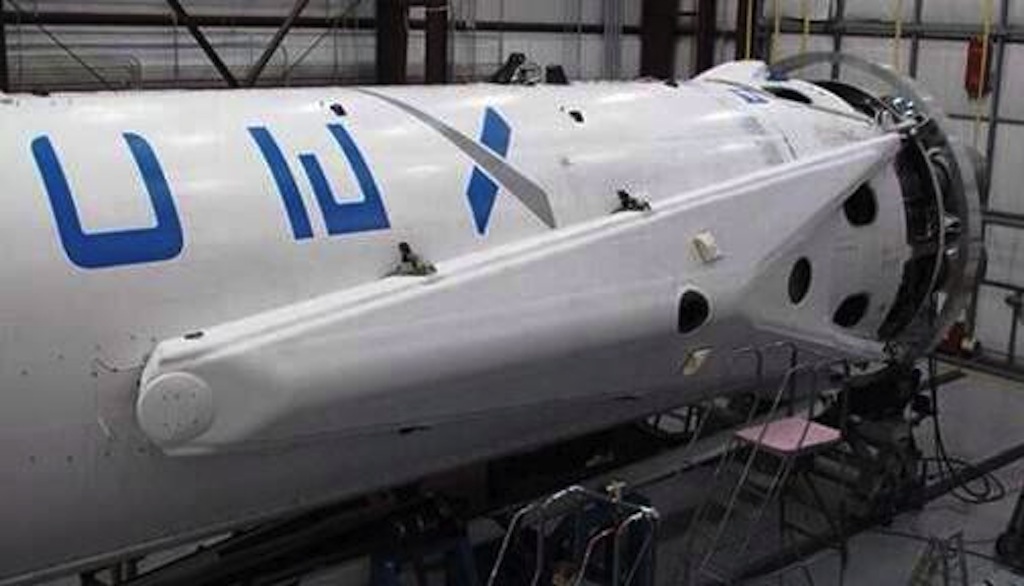
SpaceX is strapping landing gear onto the rocket that will launch the company's unmanned Dragon cargo vessel toward the International Space Station next month.
[Full Story]
NEXT: 8 Science Fiction Movies to Watch in 2014
8 Science Fiction Movies to Watch in 2014

Here are 8 space movies you need to look out for this year.
[Full Story]
NEXT: China's Moon Rover & Lander Enter 3rd Lunar Sleep
China's Moon Rover & Lander Enter 3rd Lunar Sleep
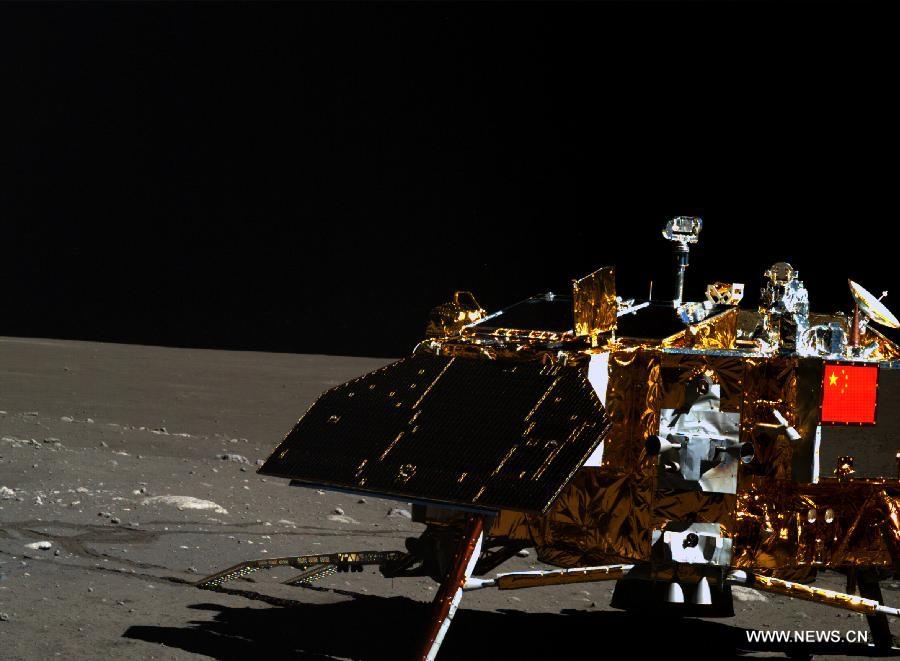
China's first moon rover and lander have entered a third period of "Selene slumber," a shutdown of operations given two weeks of temperature-dropping lunar night. The Yutu (Jade Rabbit) rover went into programmed sleep mode on Feb. 22.
[Full Story]
NEXT: Huge Peanut-Shaped Asteroid Buzzes Earth in NASA Video
Huge Peanut-Shaped Asteroid Buzzes Earth in NASA Video
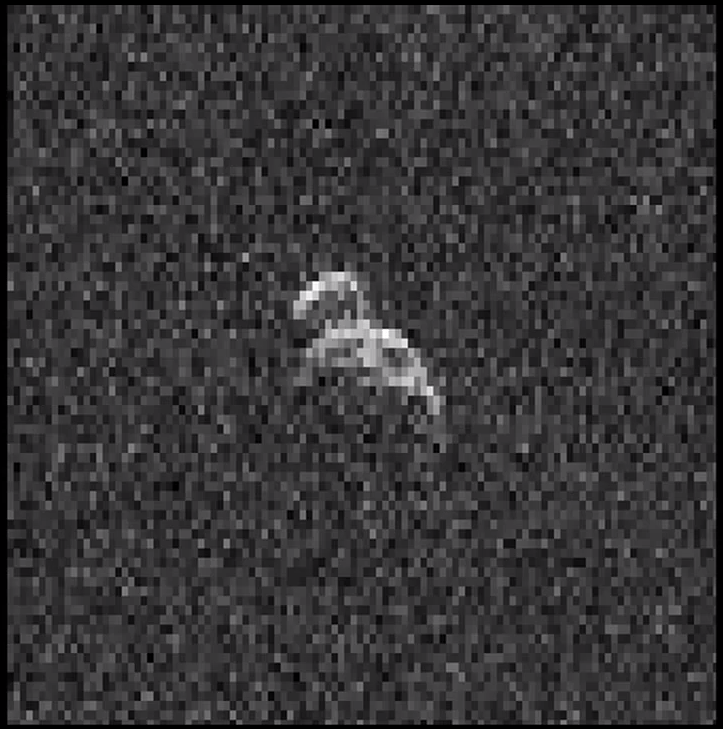
NASA watched as a large, peanut-shaped asteroid flew past Earth on Feb. 11, and you can see the impressive images in a new video released by the space agency. NASA scientists using the Deep Space Network antenna in California used radar imaging to see the near-Earth asteroid 2006 DP14 as is passed 2.6 million miles (4.2 million kilometers) from the planet.
[Full Story]
NEXT: Dead Pigeons and the Universe's Birth: 5 Weird Facts About Big Bang Theory
Join our Space Forums to keep talking space on the latest missions, night sky and more! And if you have a news tip, correction or comment, let us know at: community@space.com.
Get the Space.com Newsletter
Breaking space news, the latest updates on rocket launches, skywatching events and more!

Space.com is the premier source of space exploration, innovation and astronomy news, chronicling (and celebrating) humanity's ongoing expansion across the final frontier. Originally founded in 1999, Space.com is, and always has been, the passion of writers and editors who are space fans and also trained journalists. Our current news team consists of Editor-in-Chief Tariq Malik; Editor Hanneke Weitering, Senior Space Writer Mike Wall; Senior Writer Meghan Bartels; Senior Writer Chelsea Gohd, Senior Writer Tereza Pultarova and Staff Writer Alexander Cox, focusing on e-commerce. Senior Producer Steve Spaleta oversees our space videos, with Diana Whitcroft as our Social Media Editor.
